"Anime" - What in the Blazes is it?
 WELCOME! O(≧∇≦)O !!!
WELCOME! O(≧∇≦)O !!!
Well, Hello there my fellow Nerdy and Confused readers! Thank you for joining me for the first official content post! It was an adventure to create this ( so much research!! >,<") but I hope that it provides you with fun and exciting information to spark your minds and help you learn something new!
(ノ*゜▽゜*)ノ What to expect:
Today we are going into some of the "nitty-gritty" details of the overall topic of this entire blog: Anime. What in the blazes is it anyway? For those of you who don't know already, below will provide the basics of what exactly is this foreign concept/scene known as "Anime", when did it start, some classics that you probably watched, but didn't know were anime. and, to close it up: some final thoughts as to WHY exactly I'm taking the time to share this with you all.To those of you who already know, I hope you find all the info as interesting as I did! ヾ(๑’౪`๑)ノ゙
On that note, here's a guide to the sections we will discuss:
~"Anime", Just what is it?!
~What people initially think of when they hear "anime"
~A Brief History
Let's get Started: ♪♪v(⌒o⌒)v♪♪
"Anime: Just what is it?!" (ʃ⌣́,⌣́ƪ)
 So, "anime" (pronounced "ani-may"), huh? What first comes to mind when you think of this term? Upon asking the general population on my Facebook news feed the responses were actually pretty funny. Some thought it was a term that was short for "Animal". Others believed that it was related to the classic show "Animorphs" or even as something that was specifically for "foreign people". Some thought is was merely short for the terminology "Animation" (which isn't completely wrong) and one person simply admitted that she had no idea what it could possibly stand for and had to ask more in depth questions to find out. No shame though. We all have to learn sometime right?
So, "anime" (pronounced "ani-may"), huh? What first comes to mind when you think of this term? Upon asking the general population on my Facebook news feed the responses were actually pretty funny. Some thought it was a term that was short for "Animal". Others believed that it was related to the classic show "Animorphs" or even as something that was specifically for "foreign people". Some thought is was merely short for the terminology "Animation" (which isn't completely wrong) and one person simply admitted that she had no idea what it could possibly stand for and had to ask more in depth questions to find out. No shame though. We all have to learn sometime right?Well, YOU GON' LEARN TODAY! ╭( ・ㅂ・)و ̑̑ ˂ᵒ͜͡ᵏᵎ⁾✩
Here's a shorthand definition:
°˖✧◝(○ ヮ ○)◜✧˖ °A Brief History
"Anime" is essentially a shortened way to describe animated features that originate in Japan. Commonly mixed up and confused with American cartoons (i.e. Beyblade and Yu-Gi-Oh), anime is something that is highly misunderstood and little is really known about it's origins by Americans. So let us dig a little deeper, shall we?
 |
| Dekobo Shingacho-Meian no Shippai Clip |
Anime can be traced back to as far as early or late 1917 with the first animate film released in Japan by Shimokawa Oten made with chalk and lasted no longer than five minutes in length. There is uncertainty as to when exactly the release date is due to the matter that most early Japanese films were dismantled after the reels were finished and what had survived that particular practice was immensely lost with the horrid destruction of a large amount of theaters and film studios in 1923 by the Great Kanto Earthquake or destroyed in the bombings of WWII or simply had disintegrated over time because of the nitrocellulose that the early films were printed on were extremely flammable and flimsy. This meant that great preservation wasn't happening. But, what is know for certain, is that the first Japanese animated film that was commercially released was Dekobo Shingacho-Meian no Shippai (Dekobo's New Picture Book - Failure of a Great Plan) in February off 1917.
 |
| Dekobo Shingacho-Meian no Shippai |
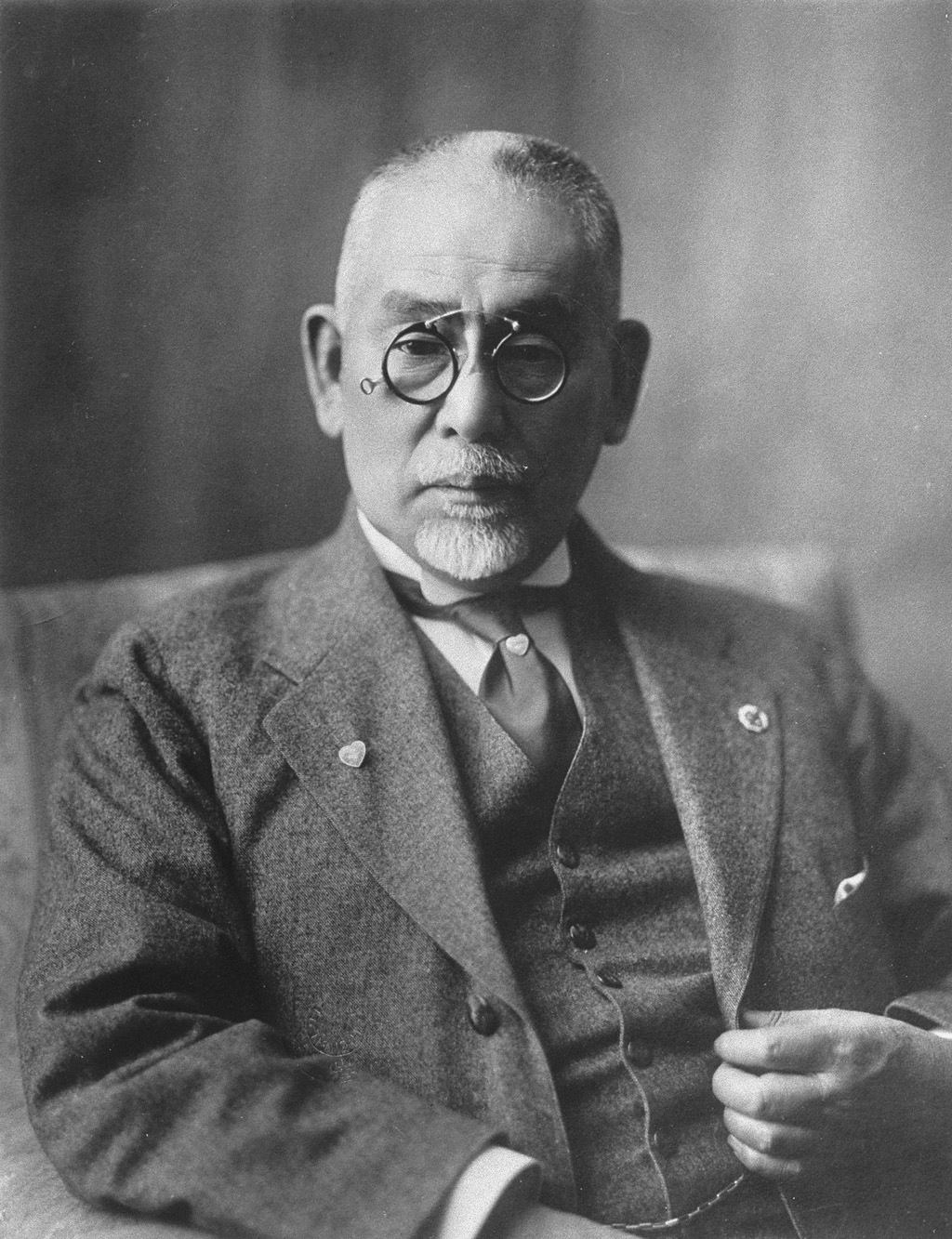 |
| Jun'ichi Kōuchi |
 |
| Oten Shinmokawa |
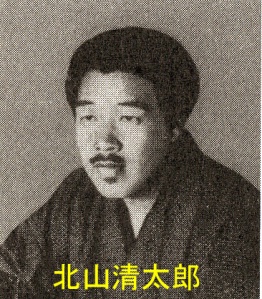 |
| Seitaro Kitayama |
Although their films didn't look like the anime that we know today, they still proved to be quite impressive for the times and contained familiar topics to anyone who watches anime today. For example: bringing Japanese folk tales to life and telling funny stories about samurai. Both are subjects that can be seen as reoccurring themes in anime today!
゚+。:.゚ヽ(*´∀`)ノ゚.:。+゚ FAST FORWARD -->> to the 1960s:
This is where television changed the viewing capabilities of anime. Prior to 1958, if you wanted to see animated features you'd either have to have a wealthy friend who had a projector and access to the reels OR you had to go to the theaters. However, once television came around, it was a done deal. In 1963, Osamu Tezuka and Mushi Productions ( an animation studio that was headquartered in Fujimidai, Nerima, Tokyo, Japan) debuted the very FIRST anime TV Series that people of today would recognize as such: Tetsuwan Atom (a.k.a. Astro Boy) which was based off of Osamu Tezuka's best selling manga of the same name. Tezuka pushed for this because he wanted to be the Japanese Disney, yet lacked the funds to do so. This was the next best thing to accomplish his goal. As a result of his ambitions, Astro Boy changed the way that animation worked in Japan.At this point in time, no one had done more than 3 minutes worth of television segments, no where near the intended weekly half hour show. In order to overcome the variety of challenges that came with producing such an intense project, he developed ways to use limited animation techniques. This technique used 8 frames per second (a.k.a. animating on 3's) which saved him 66% of the likely cost of making a cartoon compared to the normal 24 frames per second for a live action film and 12 frames per second for an animated film (a.k.a. animating on 2's a.k.a. every second frame is a new picture.). On top of this, he incorporated other ways of saving time and money. For example: for a 30 minute program, the first 5 minutes could be advertising, the ending could be filled with credits without animation of those involved, an opening song could be incorporated, transformation scenes (that they only needed to do once), as well as an episode per season to recap practically everything that already has happened.
(Not gonna lie, I used to LOVE this show....! No worries, there will be a future blog post talking about this show more.)
 |
| Osamu Tezuka and Astro Boy Drawn by: Osamu Tezuka |
 |
| Astro Boy |
It is because of Astro Boy that many of the tropes that we think of when we refer to the topic of "Anime" were created. For example: big eyes and stylized hair that is practically impossible to achieve unless you have some special skills with a wig and TONS of hair gel....
Anywho, this is just a glimpse into the copious amounts of history behind where "anime" stemmed and developed from but I feel that these were some of the most important parts that I wanted to share with you!
Some T.V. shows you wouldn't have expected to be considered "Anime" ~ヾ(^∇^) :
Now, I'm sure you're probably wondering: "All that information is quite fine and dandy Niki, but...what now?" Well, now that you've learned what it is, it time to briefly fill you in on some anime that you possible watched as a child (or adult) and didn't even realize it. Though, I won't be going into too much detail (you'll get that in another post!).For starters, the show where kids battled each other with spinning tops:
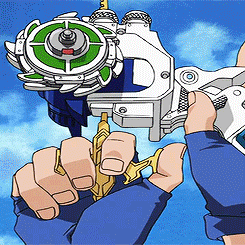  |
| Beyblade |
The dude who turns banana blonde to fight powerful enemies:
 |
| Dragon Ball Z |
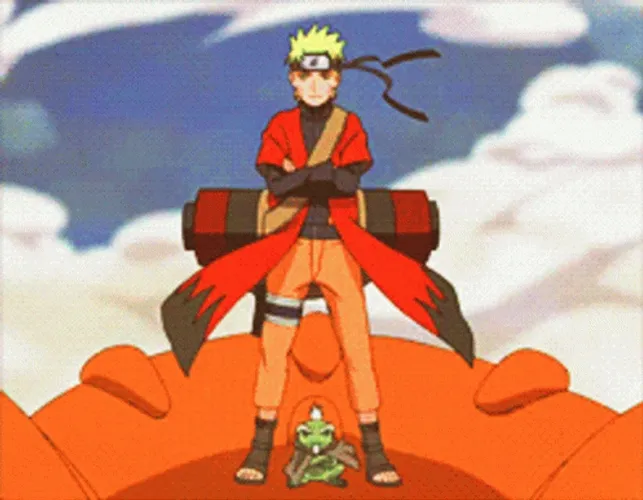 |
| Dragon Ball Z |
The cute little electric mouse who goes on long (and seemingly never ending NOR aging) quests with Ash Ketchum, his human companion:
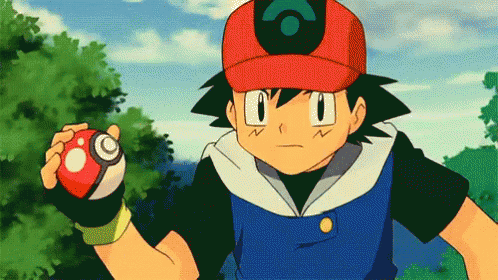  |
| Pokemon |
Next comes one of my all-time faves, rockin' it out in her famous sailor skirt:
 |
| Sailor Moon |
 |
| Sailor Moon a.k.a. Serena/Usagi |
See you then!
Lastly, ( but not least!) you can't forget the high school kid who tinkered with an ancient Egyptian artifact, released the old spirit of a pharaoh, proceeded to all this ghost to frequently possess his body AND (the best part) battle people with playing cards.. 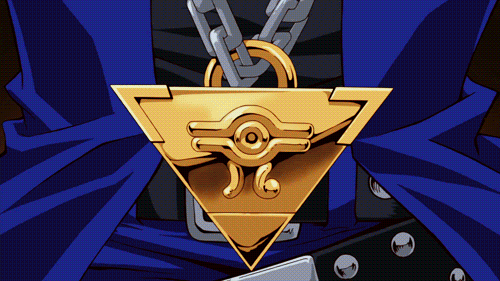 |
| Yu-Gi-Oh! |
♡〜٩( ˃́▿˂̀ )۶〜♡
Final Thoughts:
Alrighty! That is all for this today's post! I hope you enjoyed everything and learned something new because, quite frankly, there's just so much left to be discussed that I'm almost sad that I could have gone into more detail. But alas, I shall have to save that for next time. *le sigh*
I decided to start the series off with this type of post because I felt that it would be a great way to be inclusive to all people: those who are just getting into anime, those who are curious, those who are know about it and just want to know more... etc. I think it's always good to have some form of context about the subject you're looking into! :D
Anywho, please tune in next time for our next post Wednesday Morning (December 20th)!
References:
https://en.wikipedia.org/wiki/History_of_anime#cite_note-litten.de-1
https://www.rightstufanime.com/anime-resources-global-history-of-anime
https://novaonline.nvcc.edu/eli/evans/HIS135/Events/Anime62/Anime62.html
https://www.reuters.com/article/us-japan-anime-pioneers/japan-finds-films-by-early-anime-pioneers-idUST23069120080327

Great post. It is not typically something that I am normally drawn too but I really enjoyed learning more about anime and what it actually means.
ReplyDeleteThank you so much for taking the time to check out my post <3 I glad to know you enjoyed it and learned something new!
DeleteI don't believe that I have ever seen such a thorough explanation of anime until now. I enjoyed the in-depth explanation of the history and examples. You definitely cleared up any confusing by busting the myths.
ReplyDeleteThank you again for checking it out! <3 <3
Delete